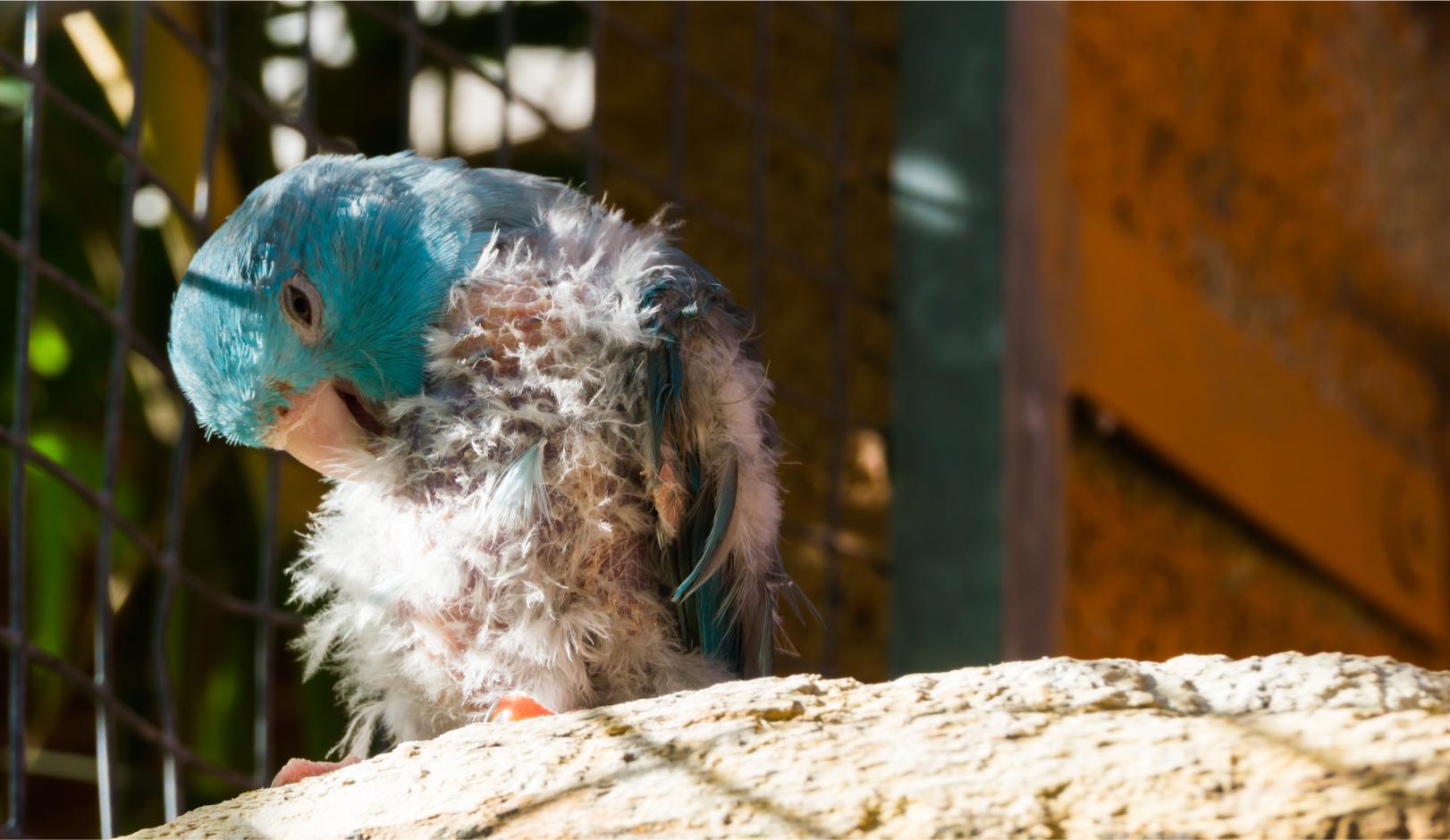Molting in Birds: What to Expect and When to Worry

If your feathery friend looks a little ragged this fall, don’t panic—molting season may be to blame. At All Critters Veterinary Hospital, we often get calls from concerned bird parents wondering if sudden feather loss is normal or a sign that something is wrong. While molting is a natural part of bird life, understanding what’s typical and what’s not is essential to supporting your pet’s well-being, especially during the bird molting season.
Let’s talk about what’s happening, what to expect, and when it’s time to check in with your avian vet.
What Is Molting, and Why Does It Happen?
Molting is how birds shed old, worn-out feathers and replace them with new ones. This keeps their plumage in top shape for flying, regulating body temperature, and showing off those gorgeous colors.
Most birds molt once or twice a year, often in the spring or fall. During this time, you may notice:
- Increased feather loss
- Patchy or scruffy appearance
- Slight behavioral changes, such as fatigue or irritability
It’s all part of the process—but it’s important to know what’s normal for your specific species. Exotic bird care, including that for parrots, cockatiels, and conures, may vary based on age, environment, and diet.
Signs of a Healthy Molt
Though it may look dramatic, healthy molting shouldn’t cause bald spots or signs of distress. Here’s what a typical molt includes:
- Symmetrical feather loss: Feathers tend to fall out in a mirrored pattern on both sides.
- Gradual change: Molting takes several weeks, not days.
- Pinfeathers appearing: These are new feathers growing in, often with a waxy coating.
Supporting your bird during this time with a balanced diet, plenty of rest, and gentle handling can go a long way. Good nutrition—especially with appropriate protein and calcium levels—is key to a smooth molt.
When Feather Loss in Birds Is a Concern
Sometimes, feather loss in birds isn’t molting at all. If your bird’s appearance or behavior seems off, it may point to a health issue rather than a seasonal change. Watch for:
- Bald patches with no signs of new feathers
- Bleeding or skin irritation
- Persistent scratching or plucking
- Changes in appetite, droppings, or vocalization
Feather plucking is a common behavioral concern in parrots and may be tied to stress, boredom, or underlying illness. Respiratory infections, parasites, or hormonal imbalances can also contribute to abnormal feather loss.
If you’re seeing any of these signs—especially concerning parrot health in the fall—it’s time to call in the experts.
Avian Vet Tips for Managing Molt Season
Caring for your bird during the molting season doesn’t need to be complicated. Here are a few avian vet tips to help:
- Keep your bird warm and draft-free. New feathers don’t offer full insulation right away.
- Mist or bathe your bird regularly. This can soothe itchy skin and support healthy feather growth.
- Offer enrichment. Mental stimulation helps prevent boredom and behavioral issues.
- Maintain regular checkups. Preventive care can catch potential problems early and support long-term health.
Don’t forget—birds are experts at hiding illness. If something feels off, trust your instincts and reach out for support.
When in Doubt, We’re Here to Help
Molting may be a natural process, but it doesn’t mean you have to navigate it alone. The veterinarians and staff at All Critters Veterinary Hospital are happy to provide personalized advice and support to help your bird feel its best. If you’re unsure whether your pet’s feather loss is normal or a reason for concern, give us a call at (614) 305-2085 to schedule a wellness visit.
